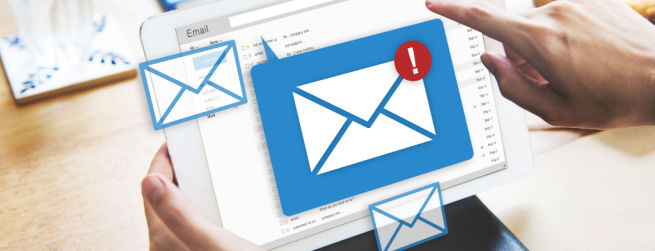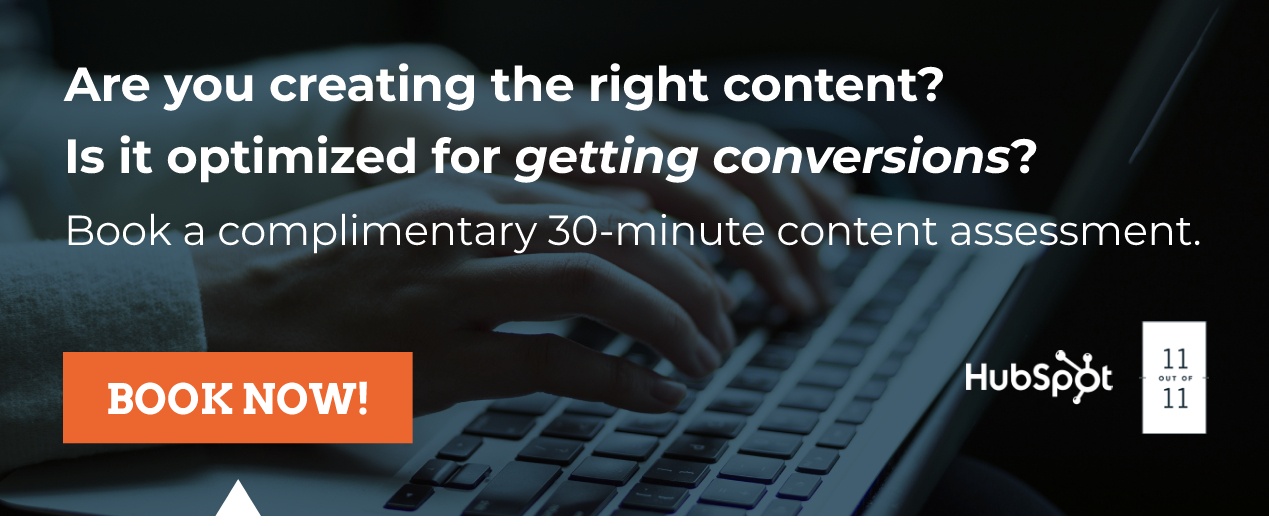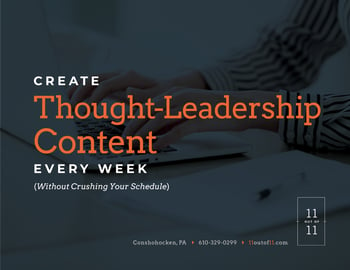How do you write and run an email campaign that works?
Start by building an email campaign strategy based on what makes your marketing successful. Simply stated, this means sending emails that are personalized and customized for your specific target audience.
High performing email marketing also means writing messages that entice your recipients to notice it, open it, read it, and click on an offer.
Here are eight things to consider when creating any new email campaign.
1. Choose an appropriate sender name.
It’s no secret that people’s email boxes are chock full of promotional email messages, unsolicited or otherwise. Make sure you’re sending yours from a familiar name.
Surveys show that 68% of Americans will open an email based on who it’s from. So if your recipient is more familiar with your company name, use that. An entity is fine, as long as it’s a known entity. This alone could help boost your open rates by 30%+.
2. Keep your subject line benefit-focused.
Why should a recipient open your email? Tell them the advantage. As long as it’s an accurate account of what your email is about. You don’t want to fool an otherwise interested person with misleading information. You could lose their trust, which could kill any chance of driving a conversion – with this email and future messages as well.
Some marketers advise keeping subject lines under 30 characters, but studies show subject line length has little effect on open and click-through rates. However, personalization does have the power. Adding a recipient’s first name to your subject line or using pronouns like “you” and “your” could be all it takes. The use of emojis in subject lines can increase open rates by 45%. People also respond favorably to exclamation points, when used appropriately.
3. Do include preview text.
When people view emails in their boxes, they see the sender, the subject, and a short line of content that follows the subject line. That’s the preview text and it has a huge effect on your recipient’s decision whether to view your entire email, if it’s there to be read. So make sure to use it.
Your subject line and preview text should compliment each other. When read together, they should tell more of the story that’s detailed in your email content. Which can improve the chance that they’ll open the email, read it, and click-through.
4. Write concise body content that offers real value to your audience.
Here is where one of the axioms of effective marketing comes into play: Know your audience and what they value.
Even though value is subjective, for email marketers it’s usually in the form of your offer and what you say about it. Whatever you want your recipient to consider clicking on, align its value with what they think is valuable. Here are some examples.
- Exclusive value – like discount savings or a comprehensive eBook.
- Informational value - like an in-depth article, new research, or a how-to infographic.
- Emotional value - like a feel-good video that people will want to share.
5. Use buttons for calls-to-action.
It’s wise to include at least two ways for people to click on an email call-to-action, which brings them to your website for an offer. In addition to linked text, use a click-through button.
Be particular about the command wording used on the button. It should reinforce the promise you make in the rest of your messaging. This could improve click-through rates by as much as 10%.
You also want your recipients to think that getting the something you’re offering will be effortless for them. That’s why you want to avoid “friction words” like “download”, “order”, and “submit”. Replace them with benefit-focused wording like “Get your free eBook,” “Learn something interesting”, or “Take a walk on the wild side”.
6. Make your emails spam-proof.
Every email program has a spam filter that’s constantly looking for potentially unwanted messages. To avoid your emails ending up in a spam folder, you can do two things:
- Don’t use spammy language, which could be common words like “buy” and “free.”
- Ask recipients to add you to their list of contacts, which could be a better option.
7. Pay attention to your timing.
Sending daily emails could only annoy your recipients. It’s a good bet they won’t open any of them, even if one could be something they’re interested in.
How often should you send emails? It depends, based on your industry, your type of business, the amount of valuable offers you have, and how your audience is already responding to your emails. Here is where email analytics can help.
According to HubSpot, you should be tracking things like:
- Clickthrough rate
- Conversion rate
- Bounce rate
- List Growth rate
- Email Sharing/Forwarding rate
- Overall ROI
By monitoring these metrics over time, you can determine the email frequency that your target audience responds to best.
8. Send a mix of different kinds of emails.
Decide on an “editorial schedule” for your email campaigns. The idea here is to offer a variety of content to your recipients, so you can keep them engaged. If every one of your emails is always about one thing, they’ll be easily bored. Even worse, that one subject may be something they’re totally not interested in. They’ll be easily tempted to unsubscribe.
11outof11 Knows Email Marketing
When you’re ready to write and run email campaigns that work, connect with 11outof11. Request a complimentary call with an 11outof11 expert. Contact us to learn more.







.png)






